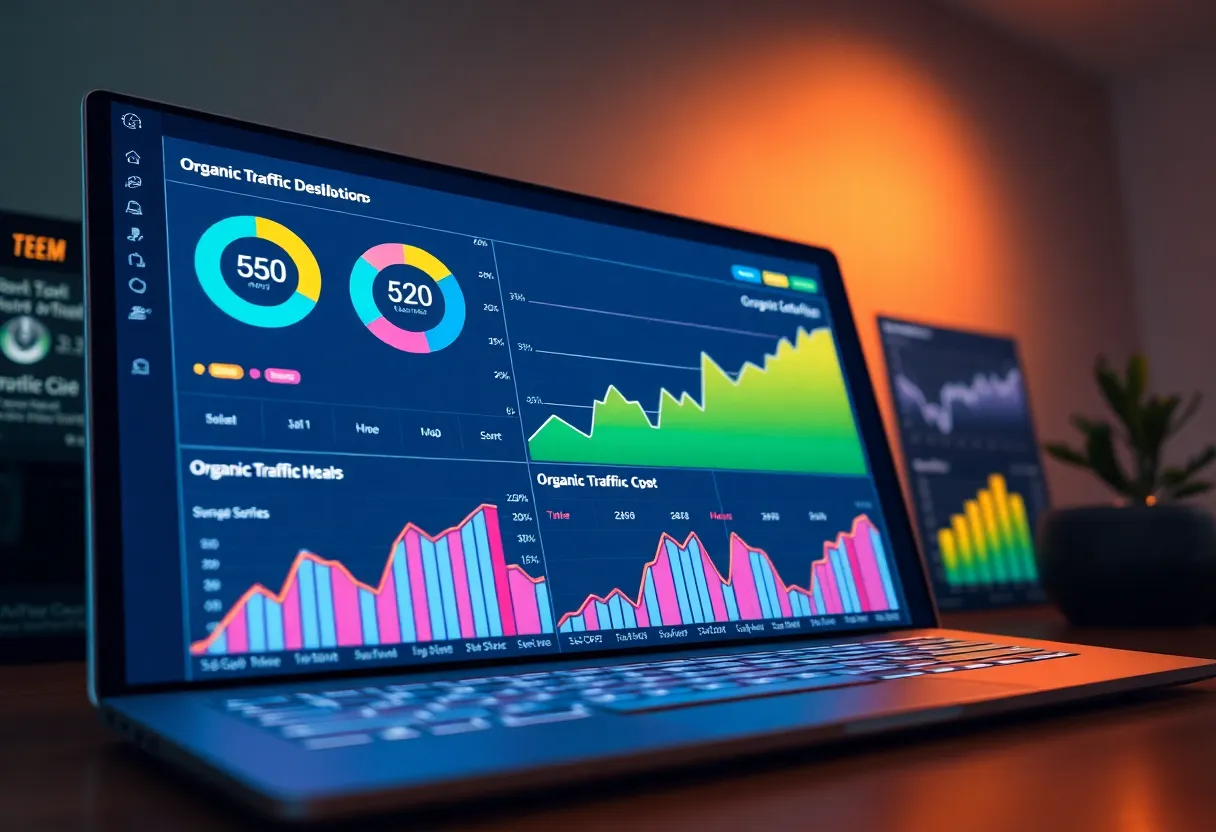How Can You Use SEO Techniques to Drive Organic Traffic to Your Digital Marketing Campaigns?
In the digital marketing landscape, driving organic traffic is essential for achieving success. Search Engine Optimization (SEO) provides a framework to enhance visibility and attract visitors naturally without paid advertising. Implementing effective SEO techniques can significantly elevate your digital marketing campaigns. This article explores practical ways to apply these strategies.
The Importance of SEO in Digital Marketing
SEO is the process of optimizing your online content to rank higher in search engine results pages (SERPs). This is crucial because:
- Higher visibility increases the likelihood of clicks.
- Organic traffic is often more cost-effective compared to paid ads.
- Effective SEO builds brand authority and trust.
Key SEO Techniques to Enhance Your Campaigns
1. Keyword Research
Keyword research is the foundation of any SEO strategy. Identifying relevant keywords helps understand what potential customers are searching for. Tools like Google Keyword Planner, SEMrush, or Ahrefs can assist in discovering these keywords.
- Focus on long-tail keywords, as they often have lower competition.
- Analyze search intent to ensure that content aligns with user expectations.
2. On-Page SEO
On-page SEO involves optimizing individual pages to rank higher. Key elements include:
Title Tags: Integrate primary keywords and ensure they are naturally readable.
Meta Descriptions: Write compelling descriptions that encourage clicks.
Headers: Use header tags (H1, H2, H3) to structure content and include keywords.
Image ALT Tags: Describe images with appropriate keywords to enhance visibility in image searches.
3. Quality Content Creation
Creating high-quality content is paramount. It should be informative, engaging, and provide value to the reader. Key considerations include:
- Focus on the audience’s needs and pain points.
- Regularly update content to keep it relevant.
- Use data, case studies, and examples for authority.
Content Formats
Diverse content formats cater to different audience preferences:
- Blog Posts: Optimize posts for SEO while keeping them informative.
- Videos: Engage users with visual storytelling.
- Infographics: Simplify complex information.
4. Mobile Optimization
With an increasing number of users accessing websites via smartphones, mobile optimization is non-negotiable. Ensure your website is responsive:
- Use mobile-friendly layouts.
- Optimize images for faster loading on mobile devices.
- Test mobile performance to ensure a seamless user experience.
5. Technical SEO
Technical SEO focuses on the backend of your website and affects its crawlability and indexation. Key factors include:
- Site Speed: Optimize loading times, as slower sites lead to higher bounce rates.
- Secure Website: Employ HTTPS to enhance security.
- XML Sitemaps: Create and submit sitemaps to search engines.
6. Link Building
Link building remains a valuable SEO technique. Here’s how to effectively build links:
- Guest Blogging: Write for other blogs in exchange for backlinks.
- Resource Pages: Reach out to websites that curate resources within your domain.
- Social Media Sharing: Promote content to gain shares and backlinks over time.
7. Local SEO
If you operate a local business, local SEO is essential. Key strategies include:
- Google My Business: Optimize your listing to enhance local visibility.
- Local Keywords: Incorporate geographic terms into your content.
- Online Reviews: Encourage satisfied customers to leave positive reviews.
8. Tracking and Analyzing Results
Regularly tracking and analyzing your SEO efforts is crucial for understanding what works. Use tools like Google Analytics to monitor:
- Organic Traffic: Assess the number of visitors coming from search engines.
- Bounce Rates: Identify potential issues with content or user experience.
- Keyword Rankings: Adjust strategies according to ranking changes.
Integrating SEO with Other Digital Marketing Strategies
SEO should not operate in isolation but rather be integrated with other digital marketing strategies:
- Email Marketing: Promote SEO-optimized content through email campaigns.
- Social Media Marketing: Share content across social platforms to encourage back links.
- PPC Campaigns: Employ PPC to temporarily boost traffic while SEO builds organic reach.
Creating a Unified Marketing Strategy
Successful digital marketing requires a holistic approach. Consider the following:
- Ensure alignment between SEO goals and overall marketing objectives.
- Utilize customer personas to target the right audiences.
- Develop a content calendar that incorporates both SEO and digital marketing initiatives.
Staying Updated with SEO Trends
SEO is ever-evolving due to changes in algorithm updates and shifting consumer behaviors. To remain competitive, it is vital to:
- Stay informed about the latest SEO techniques and updates.
- Engage with SEO communities for tips and insights.
- Regularly review and adjust your strategies based on analytical feedback.
Conclusion
Leveraging SEO techniques is essential for driving organic traffic to your digital marketing campaigns. Through keyword research, on-page and technical SEO, quality content creation, and integrating trends, businesses can effectively enhance their online presence. As digital marketing continues to evolve, a proactive approach to SEO will ensure long-term success and growth.








